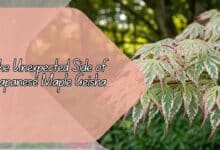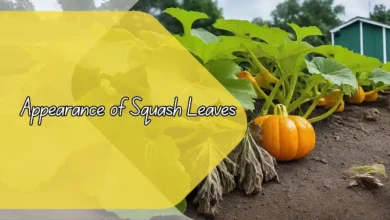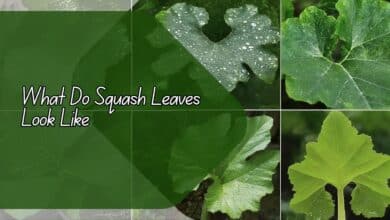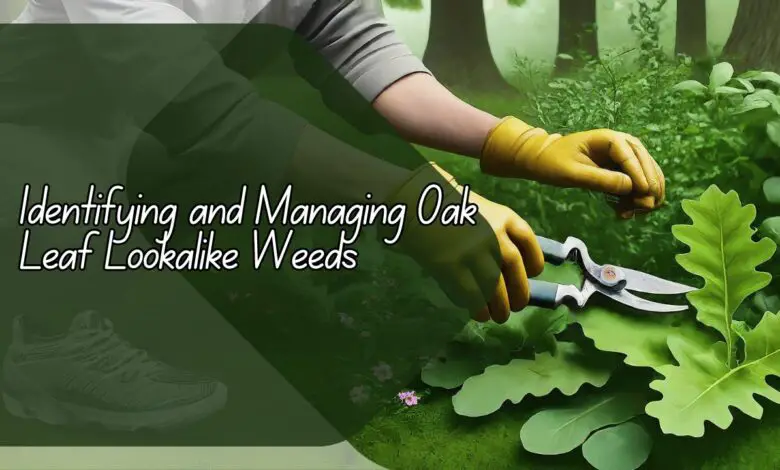
Identifying and Managing Oak Leaf Lookalike Weeds
In this article, we will discuss how to identify and manage oak leaf lookalike weeds in your garden. We will provide information on how to differentiate between these weeds and oak leaves, as well as tips on effectively managing them to ensure a healthy and thriving garden.
How can I distinguish oak leaf lookalike weeds from actual oak leaves?
One of the key characteristics to look for when distinguishing between oak leaf lookalike weeds and actual oak leaves is the shape of the leaves. While oak leaves have a distinctive lobed shape with pointed tips, some weeds may have leaves that are similar in shape but lack the characteristic lobes.
Additionally, inspect the color and texture of the leaves – oak leaves are typically dark green and have a smooth, glossy texture, while weeds may have a duller appearance.
Finally, pay attention to the veining pattern on the leaves, as oak leaves have a distinct network of veins that is not always present on weed leaves. By carefully observing these characteristics, you can accurately identify oak leaf lookalike weeds in your garden.
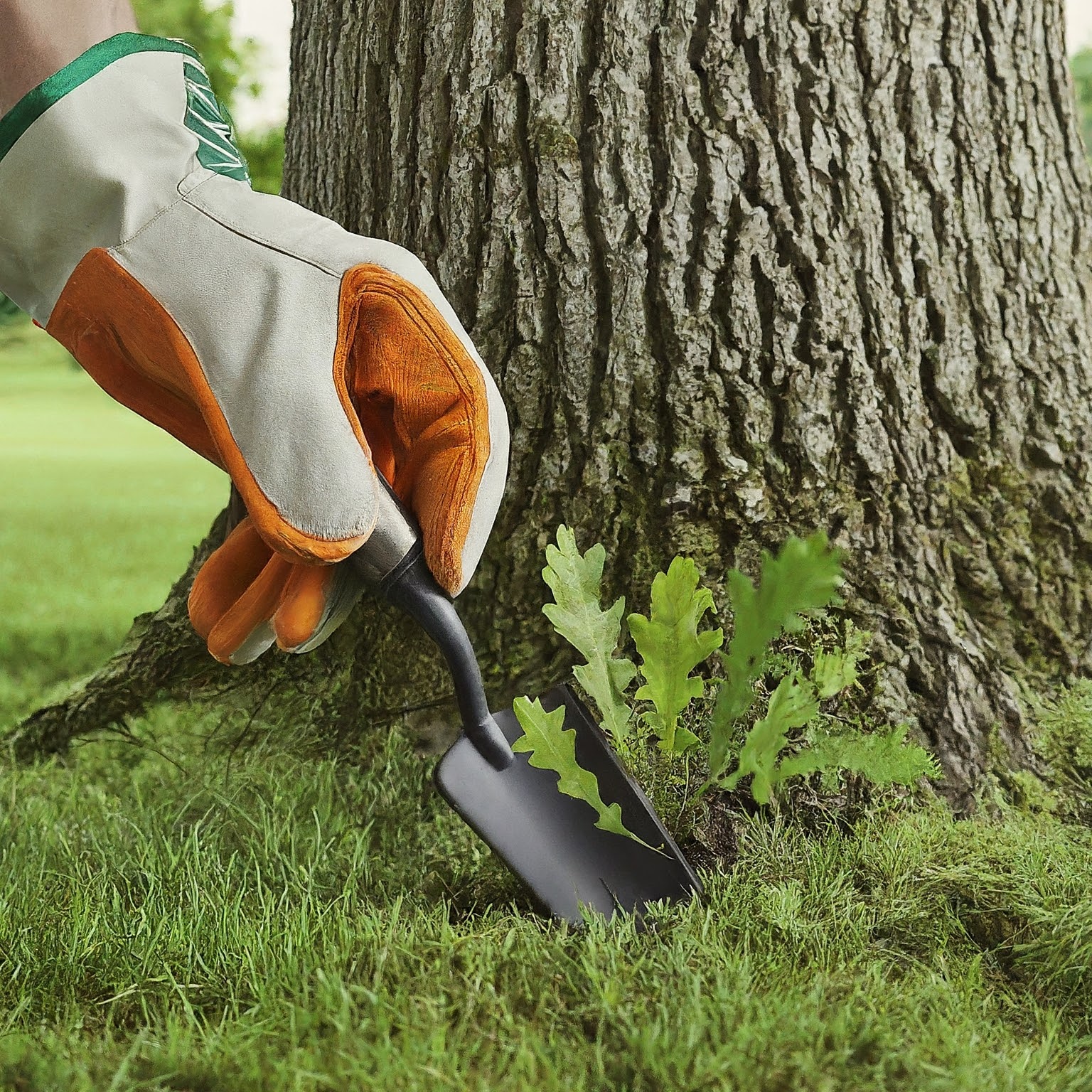
What are some common oak leaf lookalike weeds?
Some common oak leaf lookalike weeds include poison ivy, poison oak, and Virginia creeper. These weeds can often be mistaken for oak leaves due to their similar shape and color. Poison ivy and poison oak are particularly problematic as they can cause irritation and allergic reactions upon contact with the skin.
Virginia creeper, while less harmful, can still be a nuisance in the garden if left unchecked. By familiarizing yourself with the appearance of these common weeds, you can effectively manage them and prevent them from overtaking your garden.
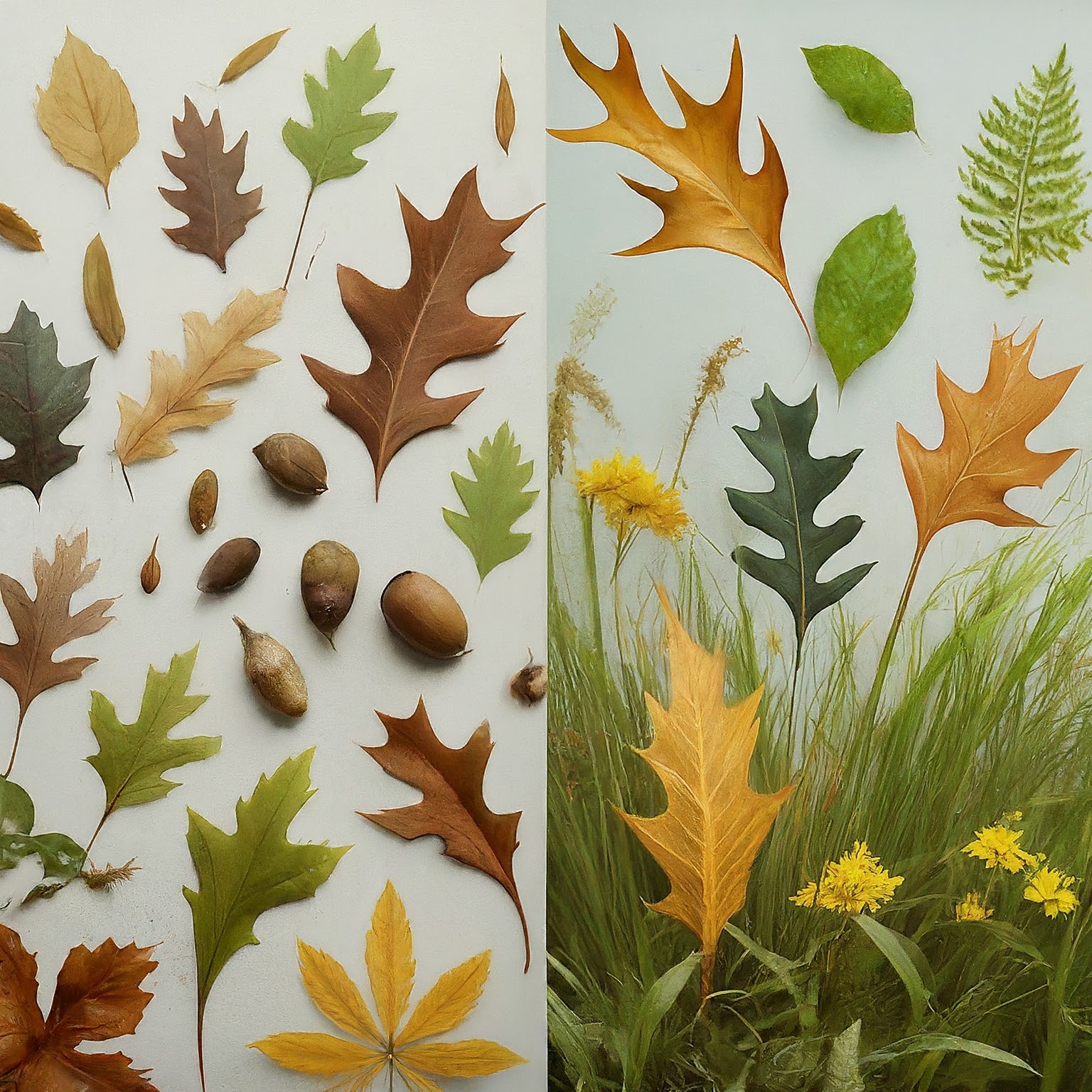
How can I effectively manage oak leaf lookalike weeds in my garden?
There are several methods you can use to effectively manage oak leaf lookalike weeds in your garden. One approach is manual removal, where you carefully pull up the weeds by hand, taking care to remove the roots to prevent regrowth.
Another method is to use mulch or landscaping fabric to smother the weeds and prevent them from sprouting.
Additionally, you can apply herbicides specifically designed to target the types of weeds present in your garden. By combining these methods and regularly monitoring your garden for weed growth, you can effectively manage oak leaf lookalike weeds and maintain a healthy garden.
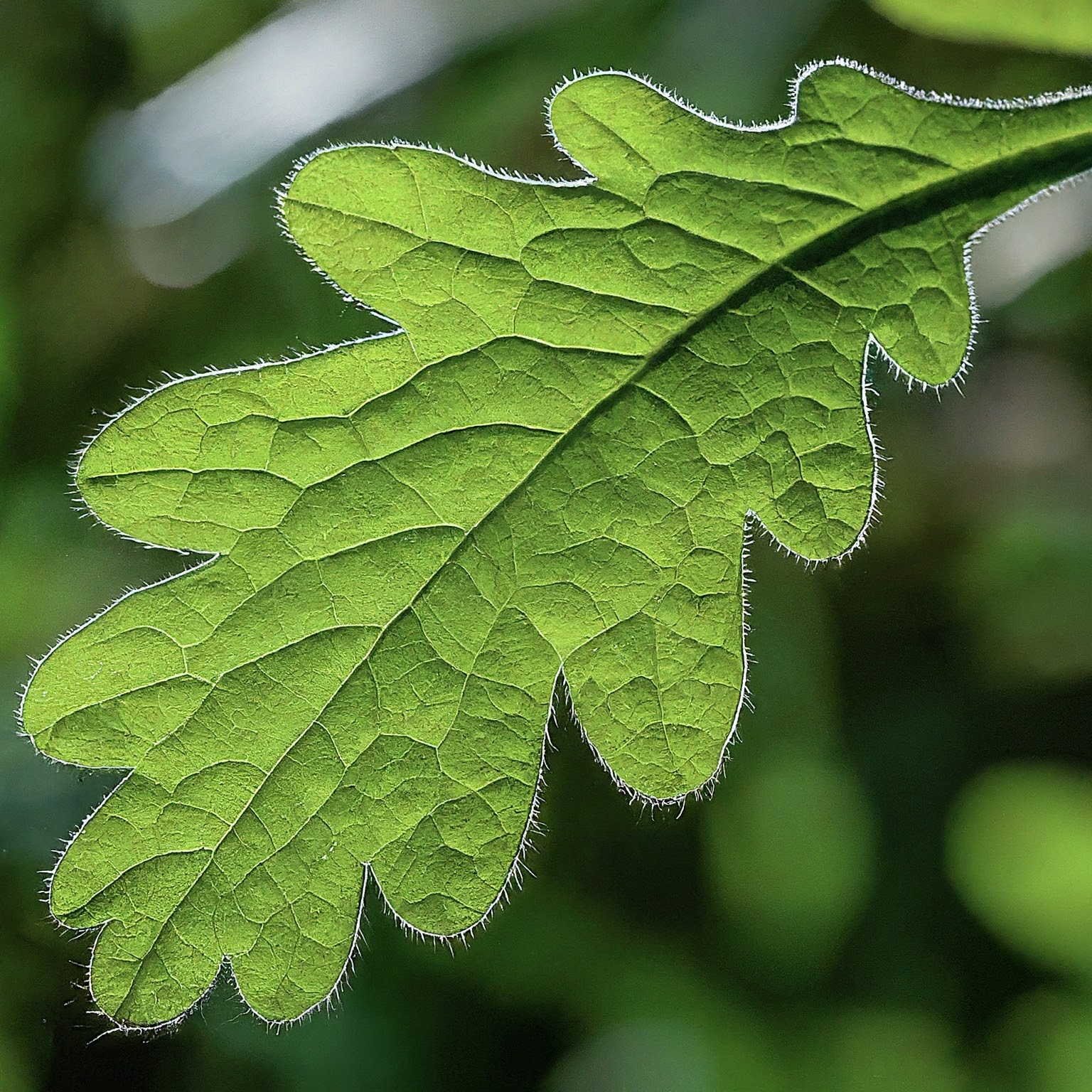
How can I prevent oak leaf lookalike weeds from taking over my garden?
Preventing oak leaf lookalike weeds from taking over your garden involves a combination of proactive measures. Start by ensuring your garden beds are properly mulched to prevent weed seeds from germinating.
Regularly inspect your garden for signs of weed growth and promptly remove any weeds that appear. Consider planting ground cover plants or dense shrubs to help suppress weed growth and fill in empty spaces where weeds may sprout.
By taking these preventive measures, you can create a weed-free environment that promotes the health and beauty of your garden.

Are oak leaf lookalike weeds harmful to my garden plants?
While oak leaf lookalike weeds may not directly harm your garden plants, they can compete for water, nutrients, and sunlight, potentially stunting the growth of your desired plants.
Additionally, some weeds, such as poison ivy and poison oak, can cause harm to humans and pets if touched. By effectively managing oak leaf lookalike weeds in your garden, you can prevent them from outcompeting your plants and maintain a thriving garden environment.
How often should I inspect my garden for oak leaf lookalike weeds?
It is recommended to inspect your garden for oak leaf lookalike weeds at least once a week, especially during the growing season when weed growth is most active.
Take a thorough walk through your garden beds, paying close attention to areas where weeds are likely to sprout, such as along edges and in between plants. By regularly monitoring your garden and promptly addressing any weed growth, you can stay ahead of the problem and prevent oak leaf lookalike weeds from overtaking your garden.
Conclusion
Identifying and managing oak leaf lookalike weeds in your garden is essential for maintaining a healthy and thriving outdoor space. By carefully observing the characteristics of the weeds and implementing effective management strategies, you can keep your garden free of unwanted invaders and promote the growth of your desired plants.
Regular monitoring and preventive measures are key to ensuring that oak leaf lookalike weeds do not take over your garden beds. By taking proactive steps to address weed growth, you can enjoy a beautiful and flourishing garden all season long.
FAQs
Can oak leaf lookalike weeds cause harm to humans or animals?
While oak leaf lookalike weeds are not harmful to humans or animals on their own, some weeds, such as poison ivy and poison oak, can cause irritation and allergic reactions upon contact with the skin. It is best to avoid direct contact with these weeds and take precautions when handling them to prevent any negative effects.
How can I distinguish between oak leaf lookalike weeds and actual oak leaves when they are mixed together?
When oak leaf lookalike weeds are mixed in with actual oak leaves, it can be challenging to differentiate between the two. In such cases, try to focus on the texture and color of the leaves, as well as any distinct veining patterns that may help you identify the weeds. Additionally, you can carefully examine the leaf shape and compare it to known oak leaves to determine which are weeds.
Are there any natural methods for managing oak leaf lookalike weeds in my garden?
Yes, there are several natural methods you can use to manage oak leaf lookalike weeds in your garden. Hand-pulling weeds, using mulch or landscaping fabric, and planting ground cover plants are all effective ways to control weed growth without the use of chemicals. Regular maintenance and monitoring of your garden can help prevent weed infestations and maintain a healthy garden environment.
How quickly do oak leaf lookalike weeds spread in the garden?
Oak leaf lookalike weeds can spread rapidly in the garden, particularly in areas with ideal growing conditions such as ample sunlight and moisture. Weeds like poison ivy and Virginia creeper are known for their aggressive growth habits and can quickly overtake garden beds if left unchecked. Regular inspection and timely management are essential for preventing weed spread and maintaining a well-maintained garden.
Can I use chemical herbicides to control oak leaf lookalike weeds in my garden?
While chemical herbicides can be effective in controlling oak leaf lookalike weeds, it is important to use them judiciously and follow manufacturer instructions carefully. Some herbicides may have adverse effects on desired plant species or the environment, so be sure to choose a product that is specifically formulated to target the types of weeds you are dealing with. Consider consulting with a professional gardener or horticulturist for recommendations on safe and effective herbicide options for your garden.



